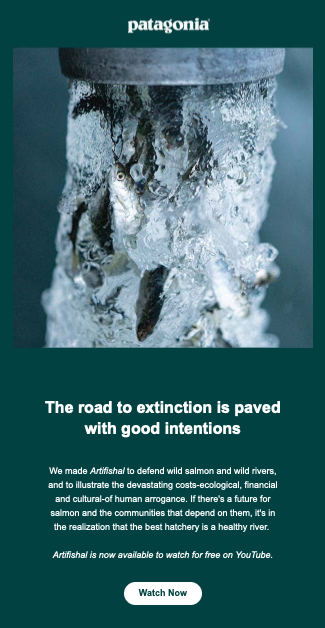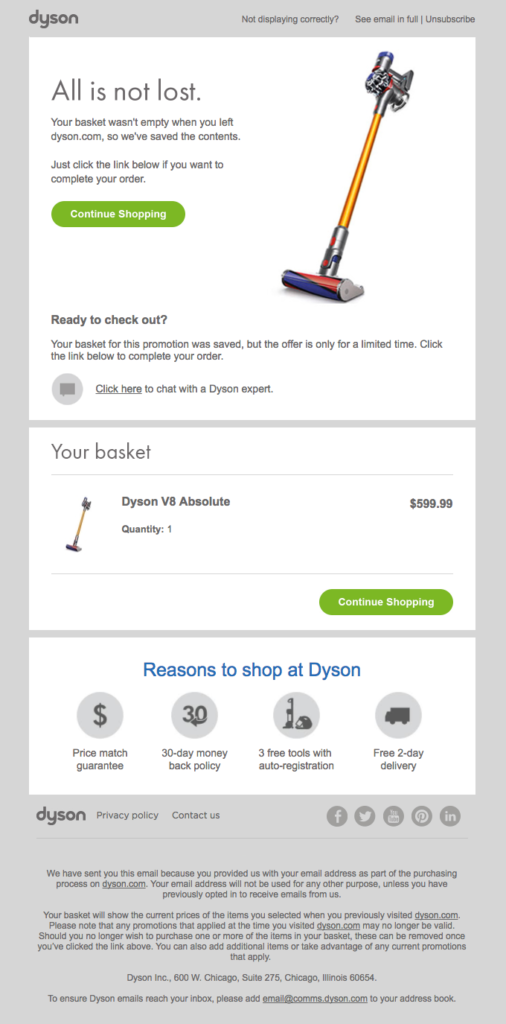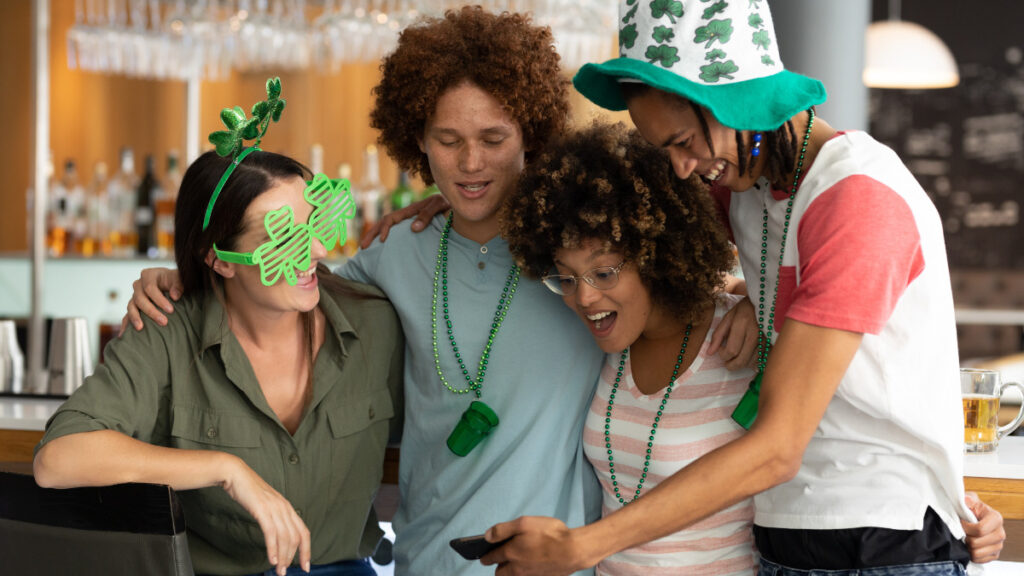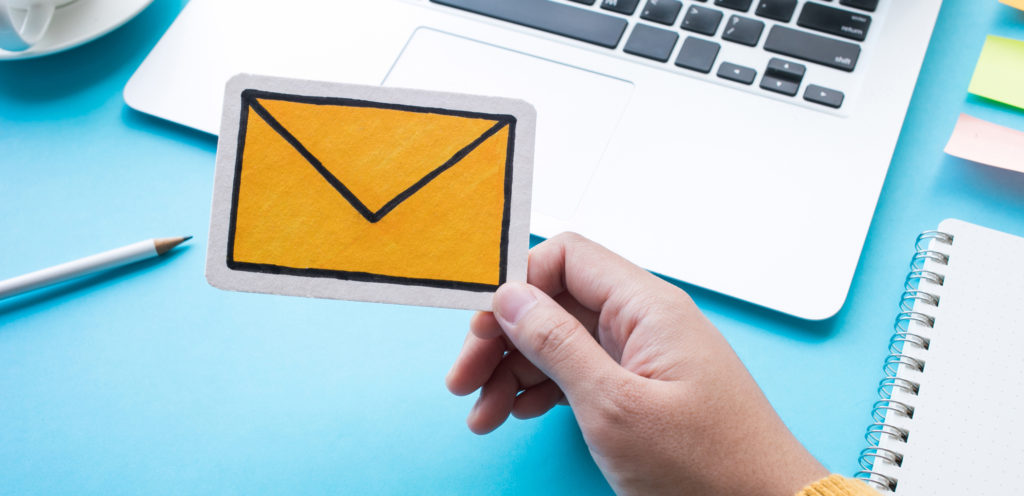Making the most of email marketing for luxury brands


Contact still not converted after the second abandoned basket email? Send a discount code. New subscribers still haven’t made their first purchase after x amount of time? Send a discount code.
It just works. So what do you do as a luxury brand when discount codes are to not be used? Ever.
Brands such as Apple, Tiffany & Co., and Patagonia retain their upmarket image by rarely discounting their products and using alternatives to big sales. So it is possible. Discounting is used to drive large volumes of sales and generate revenue, however, can have an impact on a brand in the long term. Not only can it cheapen the image of a brand, but it can also delay purchase intent. As customers are becoming savvier, they’re actively looking for discount codes to use, so will often wait until they have one to make their purchase.
The death of the discount code
90% of consumers use discount codes in some way and by 2022 discount code redemptions are set to surpass $90 billion, so they’re certainly not going anywhere. When it comes to email, consumers tend to think about email as sending blast campaigns, with heavy discounts to achieve quick sales. Of course, we know this isn’t the case as we now have clever automation to target subscribers at different touch points during their customer journey. But for brands that aspire to be luxury, we need a different strategy.
That strategy often requires us to think of new ways to promote the brand without discounting it. Whether that be their environmental impacts, such as Apple being carbon neutral or Patagonia giving 1% of all profits to environmental charities, or other unique selling points that differentiate the brand from others.
How to adapt popular campaigns
So, how do we run our usual campaigns successfully whilst removing any mention of a discount? You can still run email automation as you would normally do, however, the strategy needs to be slightly different. As already mentioned there are alternatives to differentiate your brand from others, so how does this look in email marketing? Let’s take a look at a few popular campaigns.
Lead nurturing
Lead nurturing is a common practice in email marketing strategy. Using a welcome series is invaluable for any brand to nurture new subscribers into customers. Often brands will feature a discount code in the final email of the series.
For luxury brands, you need to teach new subscribers about the brand and why it’s so special. Let them know about your history, what sets you apart from the competition and what you believe in.
Sometimes, towards the end of the lead nurturing journey brands can be tempted to offer a discount code to get that first purchase through the door. Avoid this. If you’ve told a good enough story and your product is good, your confidence shown by refusing to discount will ensure the sales come anyway.
Using Patagonia as an example, their products are at a premium and they rarely have sales apart from the end of a season, as is common in the fashion industry. However, Patagonia’s unique selling point is their environmental activism. They donate 1% of all their profits to the planet, use recycled and environmentally friendly materials, and encourage their employees to drive positive social and environmental change.
This strategy gives them lots to talk about within their email marketing strategy, which not only focuses on selling products but also their plan to help the environment.

Abandoned cart
Abandoned cart emails can be an excellent way to attract customers back to your website and lots of brands use discount codes to make the purchase more enticing.
As a luxury brand, you can serve an email with a personalized and assistive tone, acting as a reminder that items are left in the basket, as you know your customers are busy and can forget. It might be that as a luxury brand you don’t want to send too many emails out, so using a single abandoned cart, executed with perfect timing, tone, and imagery, will be enough to encourage them to finish the transaction at a later date.
High-end British technology company, Dyson uses abandoned basket campaigns to bring customers back that have been on their website. Rather than using discount codes, however, they further reinforce their message of offering USPs such as a price-match guarantee, a 30-day money-back policy, and free delivery.

Building your database
“Register for 10% off” has become a common welcome to most ecommerce stores. An easy way to collect data from serious purchasers and window shoppers alike. It’s important to conduct this data collection in order to grow your database of potential new customers, ready to target and nurture.
As a luxury brand, running competitions or offering exclusive experiences are viable methods for data collection. Offering gift cards, rather than a generic prize such as an Amazon gift card ensures that only consumers interested in your products enter the draw.
Alternatively, offer experiences and non-product-related perks to encourage users to share their data. This may be signing up for exclusive announcements, online experiences, or even branded games.
Burberry released a series of mini-games to entice and engage a growing target market of wealthy young adults. The new medium for luxury fashion brought in new customers and re-engaged known leads, refreshing their awareness and making them available for Burbury to engage through email.
Black Friday
The elephant in the room. Black Friday is a huge sales driver for companies each year and it’s only getting more popular. Everyone knows Black Friday as the heavy discounting season, however, some brands see it as an opportunity to differentiate by not taking part and shouting about it.
As a luxury brand, you might not take part in Black Friday. However, why not take the opportunity to share in the press when so many shoppers are actively ready to buy. Create a unique angle about not discounting and how that makes you different. This can be as simple as sending an email that says you’re not taking part, or running a promotion that doesn’t include an actual discount.
Apple, for example, runs the ‘Apple Shopping Event’ over the same period like Black Friday. Here, they offer a gift card with their products, rather than reducing the price. The gift card improves the customer’s perceived value of the product and gives the business an opportunity for promotion during the period, without actually discounting their products.
Patagonia, on the other hand, ran a Black Friday promotion whereby they didn’t offer a discount, but instead gave 100% of their sales over Black Friday to grassroots environmental groups. There’s a common theme throughout Patagonia, but it’s working for them.

Putting theory into practice
With all that being said, there is no right or wrong approach. Lots of businesses have success with regular discounting and promotions. Some would fail without it, and even some luxury brands will in fact discount, albeit rarely.
When it comes to your email marketing strategy, dotdigital enables you to create workflows that easily pinpoint your customer journeys and target campaigns specifically for each need. Not only using email, but also SMS, landing pages, and forms.
Learn all about how cti digital worked with Little Greene on their strategy to become one of the UK’s leading luxury paint manufacturers. Including how migrating from Mailchimp to dotdigital gave them a much stronger platform to grow their email marketing program and increase sales.


